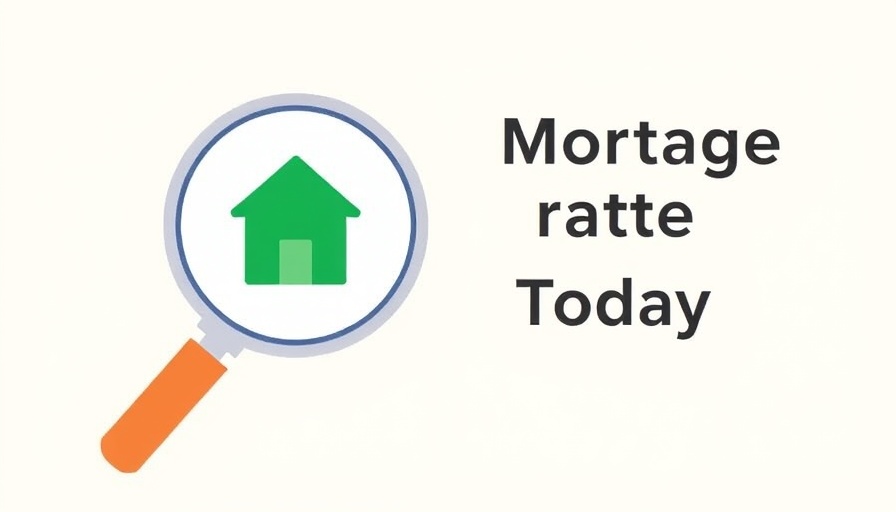
Why NOMADS.Insure Stands Out for Digital Nomads
In an era where the world is more interconnected than ever, NOMADS.insure appears as a beacon of hope for digital nomads struggling to find comprehensive travel and health insurance. This brokerage not only understands the unique challenges faced by remote workers but actively seeks to assist them. Unlike many traditional insurance providers, they equip nomads with expert advice tailored to their specific needs.
The Strength of Expert Guidance
One of the standout features of NOMADS.insure is their commitment to supporting clients through expert insurance advice. This isn't just about pushing products; rather, it is a consultative approach that emphasizes long-term benefits over quick transactions. With a free consultation that allows you to dive into your specific requirements without any financial risk, nomads can feel empowered in their decisions.
Understanding the Cons of Using Insurance Brokers
While NOMADS.insure could be a game-changer, it is vital for digital nomads to understand the potential pitfalls of working with a broker. The process can take longer than purchasing directly from an insurance provider, and the involvement of a middleman can feel cumbersome. However, as the saying goes, "good things take time," and this time invested in comparing policies might save you from inadequate coverage in the long run.
Inside Look at How They Operate
NOMADS.insure functions as a bridge that connects nomads with over 25 global insurance providers, including well-known names like Genki and April International. They are passionate about empowering clients by offering a comprehensive digital guide to nomad insurance that explains complicated insurance terms in layman’s language. This transparency is crucial for individuals who feel overwhelmed by the complexity of insurance options.
Future Predictions: The Evolution of Nomad Insurance
The landscape of international health insurance is evolving rapidly. As more people embrace the digital nomad lifestyle, the demand for specialized insurance solutions is likely to increase. NOMADS.insure seems well-positioned to adapt to this changing environment, leveraging their niche expertise to continue meeting the needs of modern travelers.
Invaluable Insights for Remote Income Seekers
For remote income opportunity seekers, knowing where to find reliable insurance can significantly impact their journey. As someone embarking on this lifestyle, it is worth investing time into understanding your options thoroughly. Whether you choose NOMADS.insure or explore other avenues, make sure you are aware of your rights and the types of coverage appropriate for your lifestyle.
Take Control: Key Decisions Every Nomad Should Make
The essence of working with NOMADS.insure is about taking control. By providing a clear understanding of the insurance landscape, you can make informed decisions that align with your nomadic goals. Consider aspects like duration of travel, countries visited, and any pre-existing medical conditions that might affect your coverage.
Why Knowing About NOMADS.Insure is Crucial
As a traveler often facing unexpected challenges, having a reliable insurance solution is not just a smart move; it's essential. NOMADS.insure's insights can guide you in making an informed decision about your insurance needs, ensuring that you are appropriately covered no matter where your journeys take you.
Conclusion: Embrace Your Nomadic Lifestyle Wisely
As digital nomadism continues to grow, it’s paramount for remote workers to have reliable insurance solutions at their disposal. NOMADS.insure aims to empower travelers with the knowledge and resources to find the right coverage for their adventures. Take the plunge into this innovative approach to nomad insurance; it could be the ticket to stress-free travels. Get your free consultation today and ensure you’re covered wherever life takes you.
 Add Row
Add Row  Add
Add 




Write A Comment